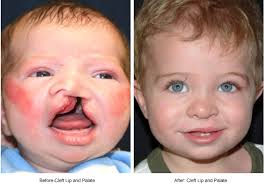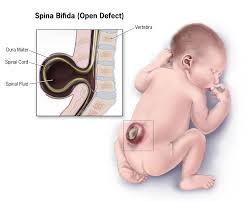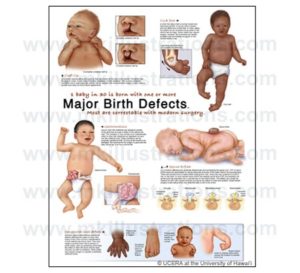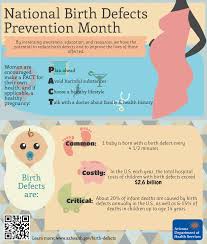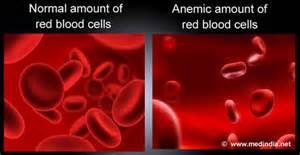
Yes we are at that month already for Blood Donations! January is BLOOD DONOR MONTH!
Why do we need blood donor’s?
We need to make sure that we have enough supplies of all blood groups and blood types to treat all types of conditions.
By giving blood, every donor helps us meet the challenge of providing life-saving products whenever and wherever they are needed.
The American Red Cross states the following facts:
- Every two seconds someone in the U.S. needs blood.
- Approximately 36,000 units of red blood cells are needed every day in the U.S.
- Nearly 7,000 units of platelets and 10,000 units of plasma are needed daily in the U.S.
- Nearly 21 million blood components are transfused each year in the U.S.
- The average red blood cell transfusion is approximately 3 pints.
- The blood type most often requested by hospitals is type O.
- Nearly 21 million blood components are transfused each year in the U.S.
- It is estimated that sickle cell disease affects 90,000 to 100,000 people in the U.S. About 1,000 babies are born with the disease each year. Sickle cell patients can require frequent blood transfusions throughout their lives.
- The number of whole blood and red blood cell units collected in the U.S. in a year: 13.6 million
- The number of blood donors in the U.S. in a year: 6.8 million
- Although an estimated 38 percent of the U.S. population is eligible to donate blood at any given time, less than 10 percent of that eligible population actually do each year.
- Blood cannot be manufactured – it can only come from generous donors.
- Type O negative blood (red cells) can be transfused to patients of all blood types. It is always in great demand and often in short supply. Type O is the “Universal Blood Donor”
- Type AB positive plasma can be transfused, it’s the “Universal Blood Recepient”.
This allows pt’s diagnosed with this illness to experience:
- Bleeding due to lack of platelets
- shortness of breath due to lack of RBC’s carrying oxygen (02) to the tissues of the body.
- Dizziness again due to lack of 02 carried to the brain with anemic, & bleeding causing your B/P to be low (orthostatic b/p-changing your position anemic and blood dropping from the brain to cause dizziness) also.
- cognitive impairment due to lack of 02 to the brain since RBC count is low in the body.
- Bruising due to low platelets.
- petachiae (small red/purple spots on the skin)
- susceptibility to infections
Conditions for needing blood donors:
Aplastic anemia occurs when bone marrow stops making enough blood forming stem cells. In all three blood lines; red blood cells, white blood cells and platelets, patients with aplastic anemia have a low blood count. The bone marrow is found to be aplastic which means there is a low growth of blood forming stem cells.
Cancer of all types – Where with or without the treatments of chemo or radiation in the end cancer itself kills all good cells that are created by our bone marrow. Chemo or radiation kill the bad cells = cancer cells and good cells = RBCs, WBCs, Platelets. So blood transfusion commonly needed in cancer patients.
Anemia– Lack of RBCs in the body.
Conditions causing bleeding in the body like GI bleed, hemmoragic stroke, endometriosis, hemophilia, and simple patients in the OR that bleed and need blood transfusions in the OR and ICU and even possibly on the Med/Surg or Telemetry unit. I could go on with types of conditions the deciding factor that makes the doctor order the blood transfusion is obviously heavy bleeding occurring right in front of the surgeon’s or ER MDs eyes or checking the Complete Blood Count called a CBC looking at the hemoglobin (Hmg)-think of it at the fluids in the bloodstream and looking at the Hematocrit (Hct)-think of it as the solids in the bloodstream and if the Hg is critical 6-7 than one or two blood transfusions are ordered.
Treatments:
- Treatments vary on a case by case basis. Age is often the determining factor for which treatment to use. Stem cell transplantation may be used for individuals younger than 30 years and who have a matched sibling donor=Blood Donor Needed.
- Stem cell transplantation is a procedure which replaces defective bone marrow with healthy cells. Around 80% of patients make a complete recovery using stem cell transplantation.
- For older patients with aplastic anemia, immune suppressing therapy with anti-thymocyte globulin(ATG) and cyclosporin is typically used. Around 70-80% of aplastic anemia patients respond to this treatment.
There are two ways those who have recovered from COVID-19 can make a big difference:
- A convalescent plasma donation: The Red Cross is collecting convalescent plasma at over 170 locations throughout the country. If you’ve recovered from COVID-19, you may be eligible to donate your plasma to help others going through COVID-19 treatment. Fill out the eligibility form to start the process.
- A whole blood donation: Plasma from whole blood donations that test positive for COVID-19 antibodies may be used to help COVID-19 patients. Make an appointment to give blood by downloading the free Blood Donor App, visiting RedCrossBlood.org or calling 1-800-RED CROSS (1-800-733-2767).
All blood types are needed to ensure a reliable supply for patients. A blood donor card or driver’s license or two other forms of identification are required at check-in. Individuals who are 17 years of age in most states (16 with parental consent where allowed by state law), weigh at least 110 pounds and are in generally good health may be eligible to donate blood. High school students and other donors 18 years of age and younger also have to meet certain height and weight requirements.
Blood and platelet donors can save time at their next donation by using RapidPass® to complete their pre-donation reading and health history questionnaire online, on the day of their donation, before arriving at the blood drive. To get started, follow the instructions at RedCrossBlood.org/RapidPass or use the Blood Donor App.
Last updated 1/12/2022 by Elizabeth Lynch RN
